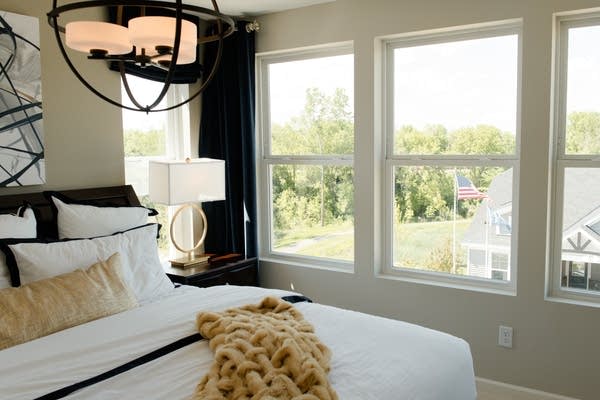Bye-bye starter homes: Builders not meeting biggest need in Twin Cities housing market

A top-floor bedroom looks out into the Brooks Ridge housing community in Chaska, Minn.
Matthew Hintz for MPR News
Go Deeper.
Create an account or log in to save stories.
Like this?
Thanks for liking this story! We have added it to a list of your favorite stories.


